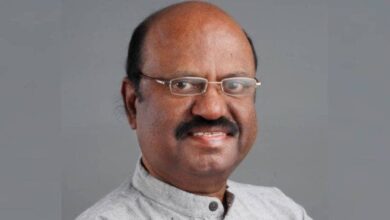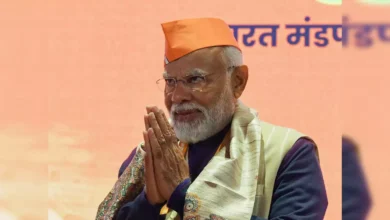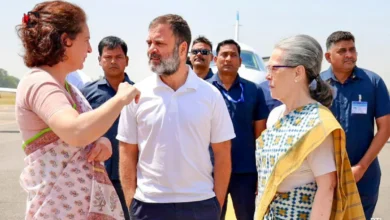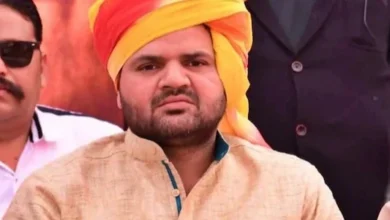No Confidence Motion: What is it and how many Prime Ministers have faced it?
PM Modi is the second incumbent Prime Minister after Indira Gandhi to face the motion twice with elections less than a year to go.
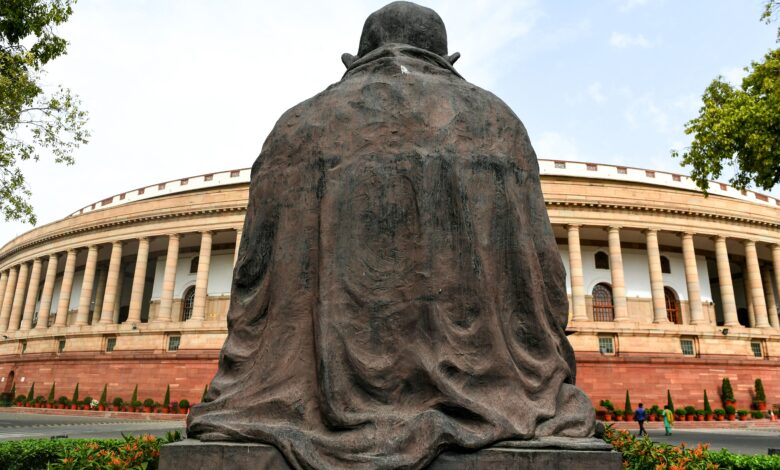
No-Confidence Motion is a formal proposal that can be moved in the Lok Sabha by the opposition parties against the government under Rule 198 of the Rules of Procedure and Conduct of Business in Lok Sabha. For a No-Confidence motion to be filed and moved, it needs the support at least 50MPs. The motion must be in writing and must be signed by the person moving it and then submitted to the speaker of the Lok Sabha on a sitting day before 10 AM which is later read by the speaker in the house. If a No-Confidence Motion is moved, the speaker decides whether to admit it for discussion and debate. If it is admitted, the date and time for the discussion is decided and the date for the motion should be within 10 days from its acceptance.
The motion is debated in the Lok Sabha, with the member who submitted it moving the motion. It is followed by a response from the government and an opportunity for the opposition parties to speak on it. The speaking time is allotted according to the number of members in the opposition parties. After the debate, a vote takes place and it passes if the majority of the members vote in favour of it. If the motion is passed, then the government has to resign but if the motion is not passed, the motion is dismissed and the government remains in power.
Throughout the history of parliament in independent India, we have seen the No-Confidence Motion being moved 27 times and the current No-Confidence Motion makes it 28. However, none of the past No-Confidence Motions have been passed with all of them being dismissed or being inconclusive. The Prime Minister whose government has faced the most No-Confidence Motions against them is none other than the ‘Iron Lady of India’, Indira Gandhi, who faced 15 No-Confidence motions but always defeated the motion. Other Prime Ministers who have faced No-Confidence Motions are Jawaharlal Nehru in 1963, Lal Bahadur Shastri once in 1964 and twice in 1965, Morarji Desai in 1978 and 1979, which is also when he resigned even after the motion being inconclusive, Rajiv Gandhi in 1987, PV Narasimha Rao who faced it twice in 1992 and once in 1993, Atal Bihari Vajpayee in 2003 and lastly the incumbent Prime Minister Narendra Modi who faced the most recent motions in 2018 and is currently facing the ongoing motion in 2023.
However, No-Confidence is not the only way to lose the government as three governments have fallen as result of the ‘Motion of Confidence’ where the government proves that it has the numbers to stay in the government. The three governments which fell as a result of this motion are that of VP Singh in 1990, H D Devegowda in 1997 and the Atal Bihari Vajpayee government in 1999 which fell after losing the vote by just one vote.
